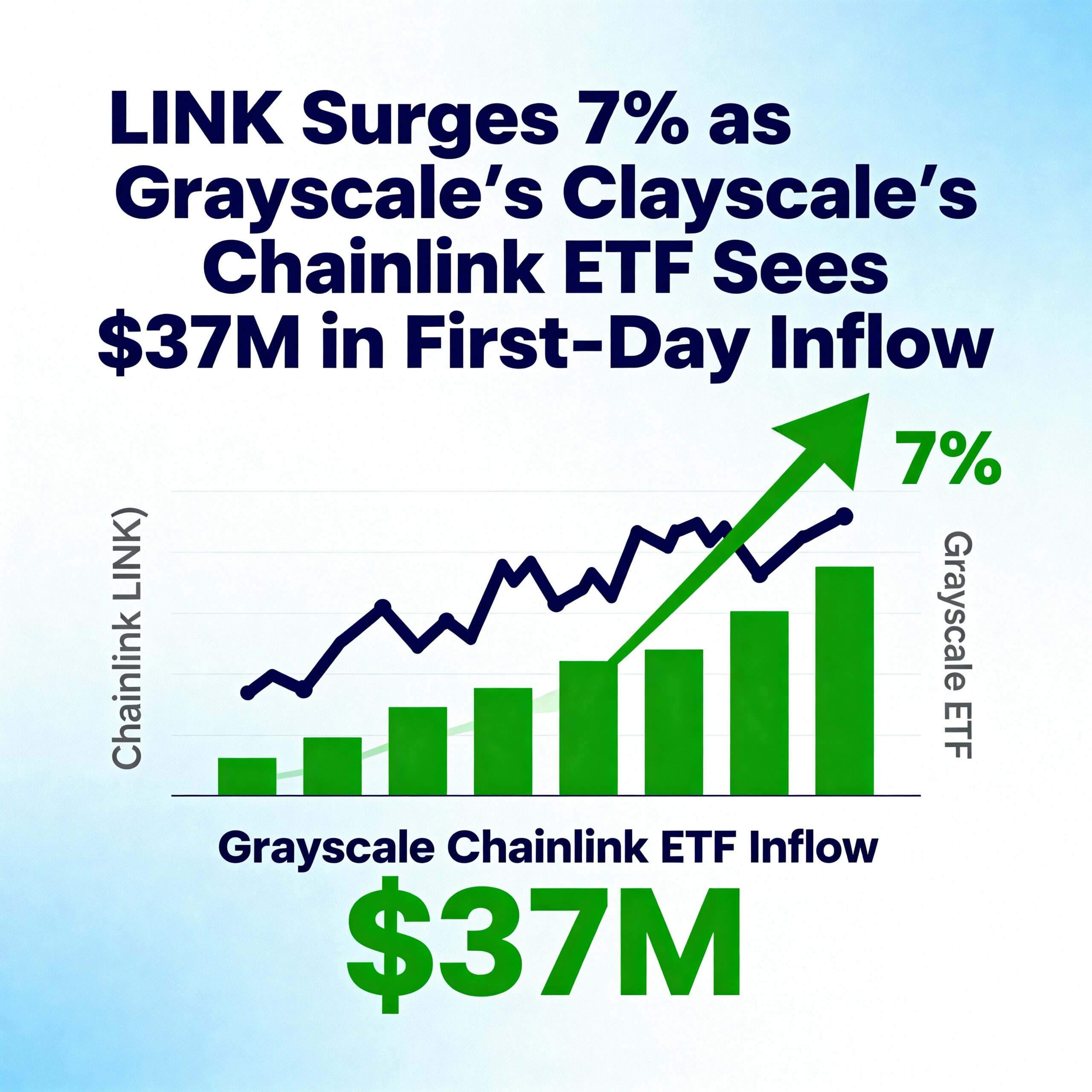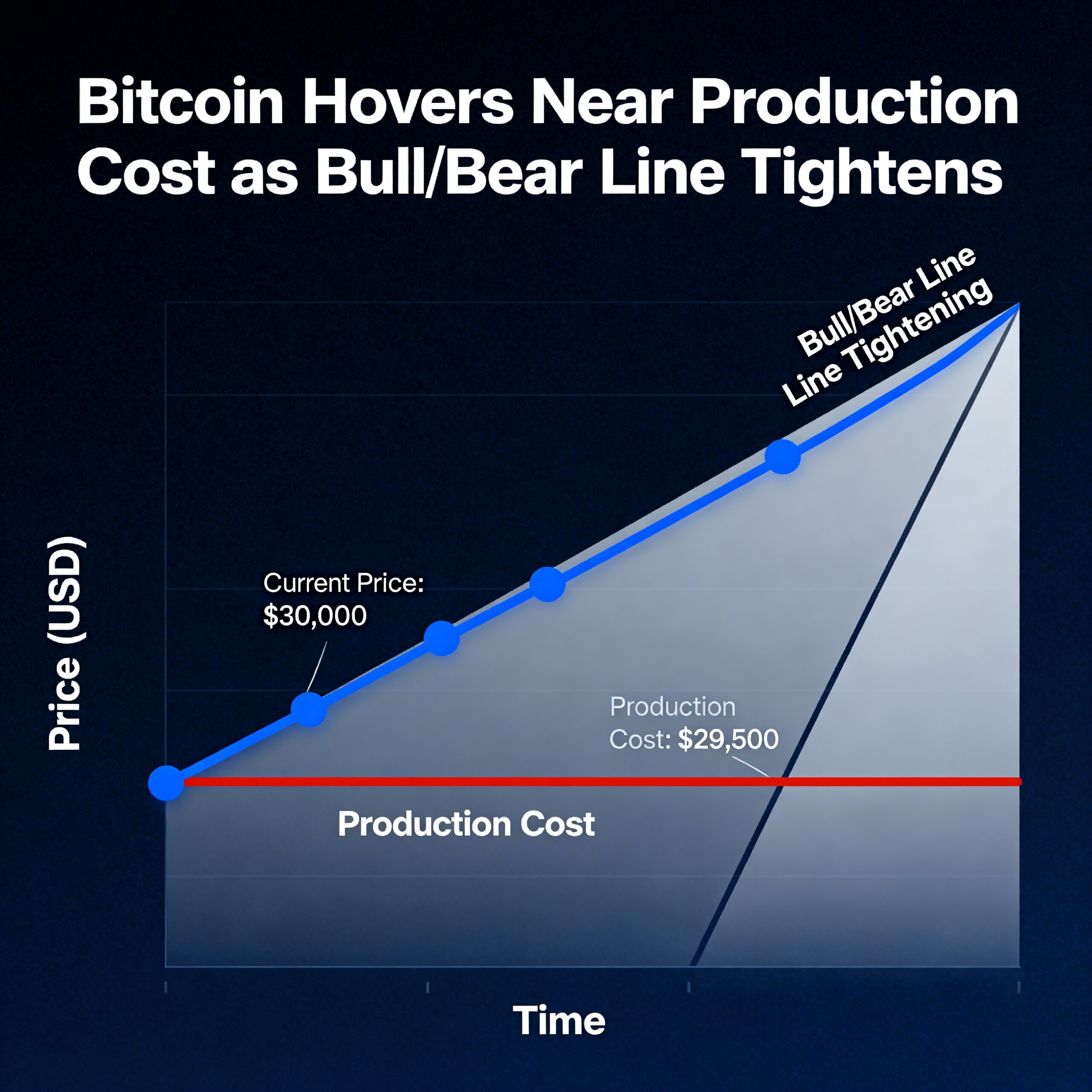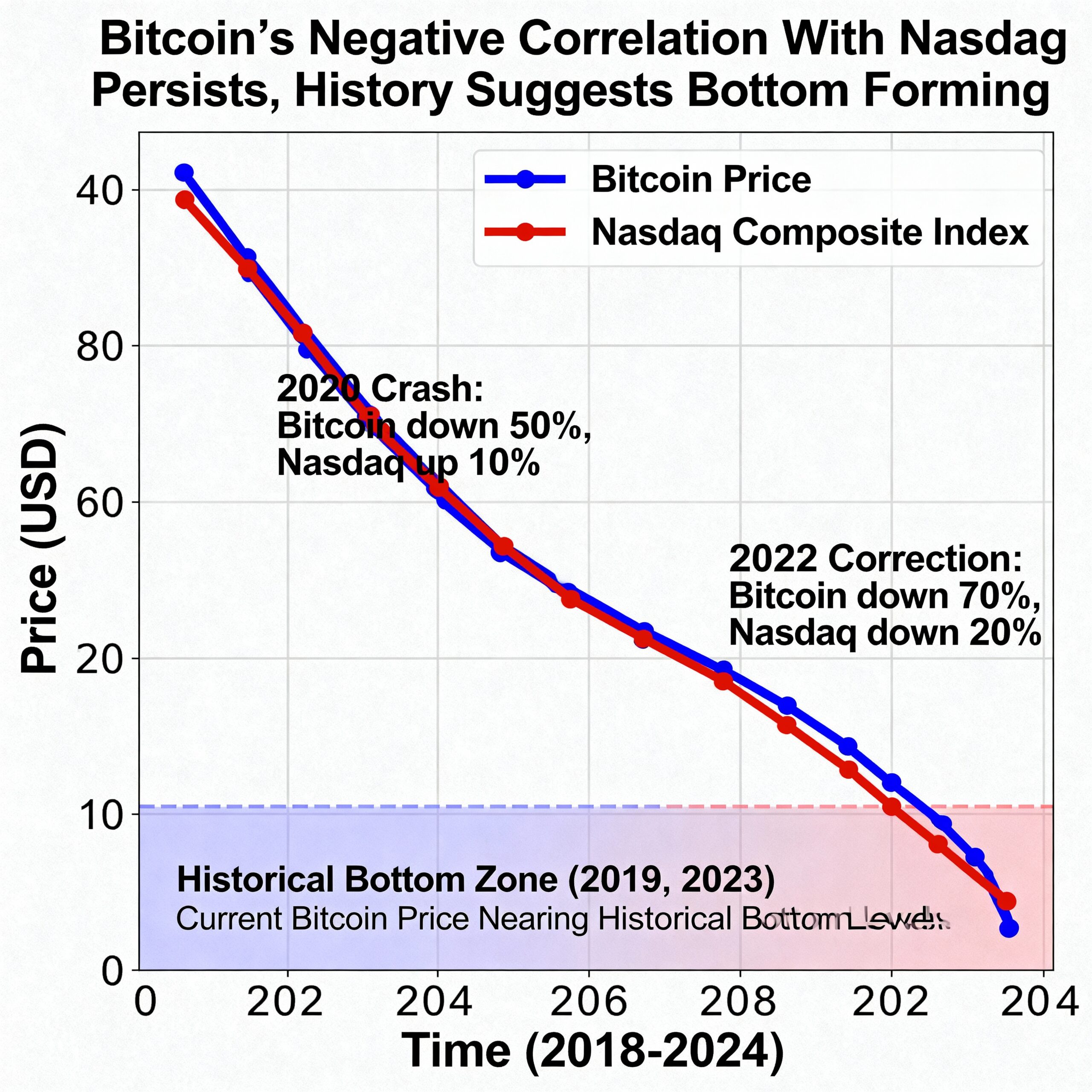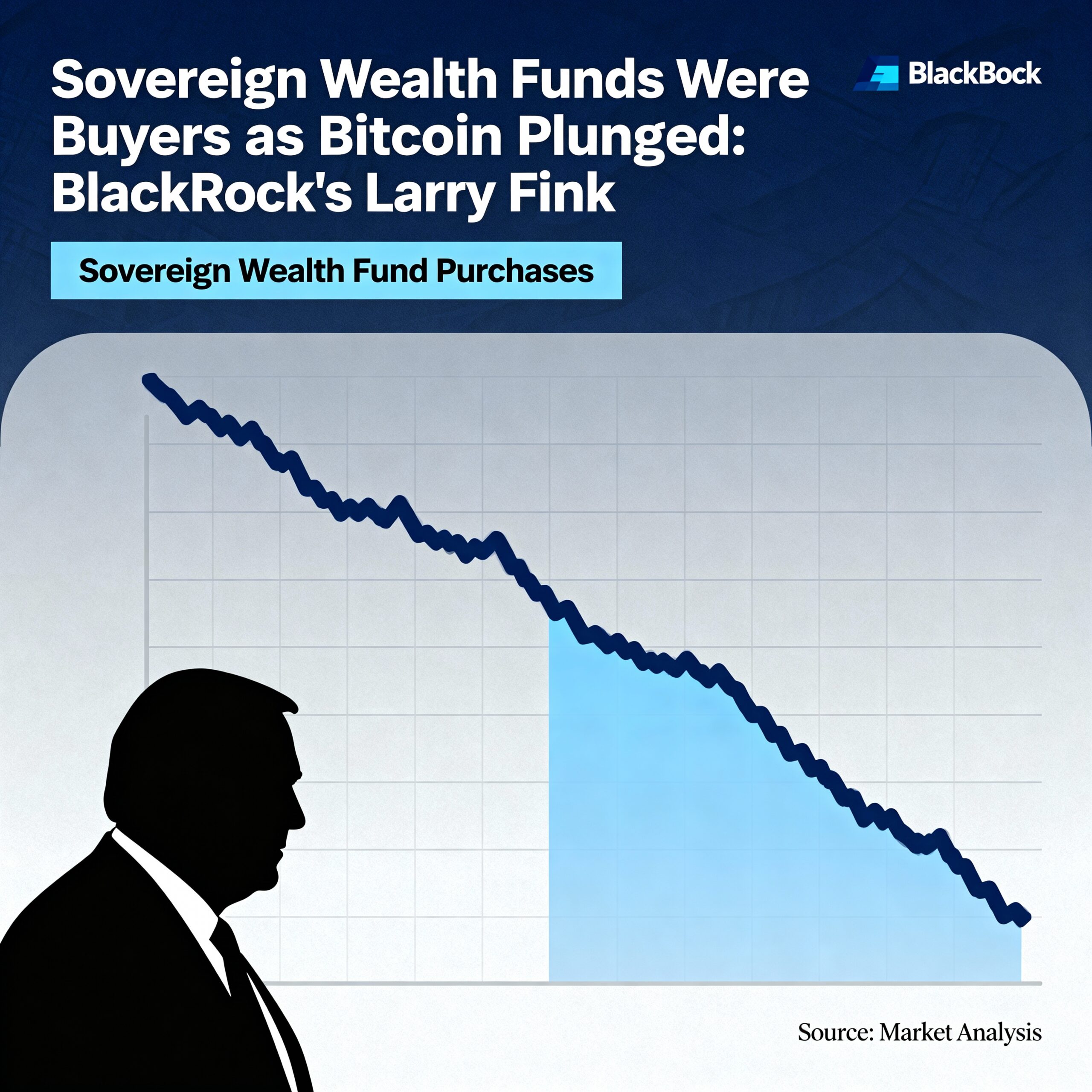
Crypto Market Braces for Recovery as Traders Weigh Impact of Tariffs
A surge in stablecoin demand and a sharp liquidation flush may create a foundation for a rebound in Bitcoin and the broader cryptocurrency market, analysts suggest.
Donald Trump’s recent tariff impositions appear to have shifted investor sentiment, overshadowing his previously pro-crypto stance and triggering a sharp decline in Bitcoin (BTC) and other major cryptocurrencies over the past 24 hours.
However, some traders view Monday’s downturn as a potential buying opportunity, driven by the long-term growth prospects of stablecoins and their increasing role in global finance.
Stablecoins in Focus Amid Tariff Uncertainty
“One bullish angle in this situation is the growing demand for stablecoins,” said Peter Chung, head of research at Presto Research, in a Telegram message to CoinDesk.
“Treasury Secretary Scott Bessent has highlighted that Trump prefers tariffs over sanctions as a diplomatic tool, as sanctions tend to push nations away from the U.S. dollar, weakening American financial dominance. If this holds true, Trump is likely to prioritize the Stablecoin Bill in Congress, as it would solidify the dollar’s functionality and maintain its global influence,” Chung explained.
Vincent Liu, Chief Investment Officer at Kronos Research, echoed similar sentiments, emphasizing the role of stablecoins in mitigating economic uncertainty.
“With escalating concerns over tariff-driven currency fluctuations—illustrated by the Canadian dollar’s depreciation against the USD following new tariffs—stablecoins pegged to major fiat currencies could see accelerated adoption,” Liu stated.
“As a hedge against market instability, stablecoins facilitate cross-border transactions, eliminate foreign exchange conversion inefficiencies, and serve as a seamless bridge to the crypto market. In the long run, increased stablecoin utilization could enhance liquidity, attract institutional investors, and provide clearer regulatory frameworks. This shift may position stablecoins as a cornerstone of the crypto economy, fostering greater market resilience and long-term growth,” Liu added.
Liquidation Flush Could Signal Market Bottom
Over $2.2 billion in crypto futures liquidations since Sunday may also contribute to market stabilization. Historically, large-scale liquidations indicate an overextended market and suggest that a price correction may be nearing its end, providing a potential buying opportunity.
Zones of significant liquidation activity often serve as key support or resistance levels, where prices may stabilize due to reduced selling pressure from liquidated positions.
However, if selling pressure persists, short sellers could gain confidence, amplifying further downside. Conversely, contrarian traders may interpret the heavy liquidations as an opportune moment to accumulate assets, anticipating a recovery once the selling momentum subsides.
What Triggered the Market Turmoil?
Trump imposed a 25% tariff on imports from Canada and Mexico, alongside a 10% tariff on Chinese goods over the weekend. The move prompted immediate retaliatory measures, with Canada announcing a 25% tariff on $106 billion worth of U.S. goods, while Mexico is expected to follow suit.
The bond market reacted with heightened concerns: two-year Treasury yields surged, while 10-year yields declined, signaling worries about near-term inflation. Meanwhile, global markets reeled, with Asian stocks plunging on Monday, gold prices slipping, oil prices climbing, and the cryptocurrency market experiencing widespread losses.
The European Union could be next in line, as Trump is reportedly considering additional tariffs on EU imports. The EU has vowed a collective response, indicating potential retaliatory measures if the tariffs materialize.
Economic Ripple Effects of Tariffs
Tariffs are designed to make imported goods more expensive, encouraging domestic production and reducing reliance on foreign suppliers. This approach is part of a broader strategy aimed at leveraging trade policy to secure more favorable terms for the U.S. in international negotiations.
However, tariffs also increase costs for businesses reliant on imported materials, which can ultimately lead to inflationary pressures and economic slowdowns. In response, affected nations often impose countermeasures, resulting in escalating trade disputes that can disrupt supply chains and increase market volatility.
For the crypto market, uncertainty surrounding tariffs and their impact on global trade could limit upside momentum unless a clear catalyst emerges to reignite bullish sentiment.
Looking Ahead: What Could Revive Crypto Markets?
“The overall sentiment has turned bearish, with little optimism for a near-term recovery—aside from potential government initiatives such as a Bitcoin Strategic Reserve or broader regulatory support,” said Nick Ruck, Director at LVRG Research, in a message to CoinDesk.
“While today’s market conditions differ significantly, looking back at the previous Trump administration, tariff-related announcements often led to short-term shocks rather than prolonged downturns. If history is any guide, these new tariffs may not derail the broader crypto bull market,” Ruck concluded.
Despite current uncertainties, analysts suggest that long-term structural trends—such as stablecoin adoption, regulatory clarity, and institutional engagement—could provide a solid foundation for the next phase of crypto market growth.





















